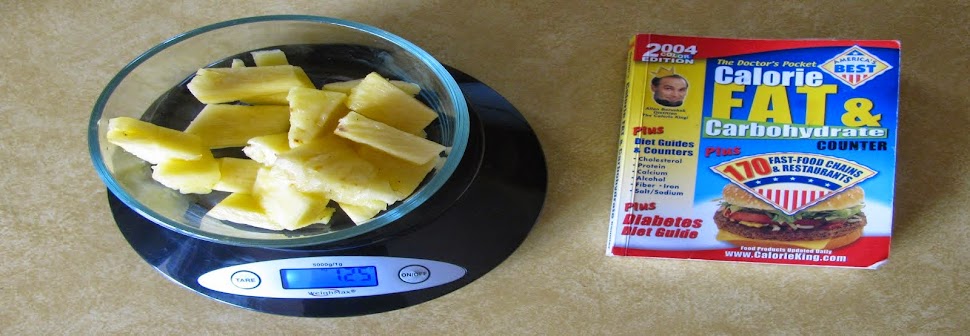I place put about a quart of tap water into the pot and place it on a front burner. Turn it on high just until the steam begins to rise off the surface of the water. I pull a higher chair, such as a bar-stool up to the stove,
As soon as steam starts to rise off the surface, cut the burner two or three notches below medium heat. There may be some experimentation needed per individual stove to hit the right temperature. The trick is to get it high enough to result in effective steam cleaning but not so high as to be uncomfortable. I measured the effective temperature at 150 degrees with a kitchen thermometer. I have also found the treatment to be effective as low as 130 degrees. A longer sit time may be needed at a lower temperature.
 |
| 130 to 150 degrees works well |
Sit on the chair, elbows on the stove top, with a towel on your head to keep the steam concentration where it will do the most good. I set the timer on the stove for about 6-8 minutes per session. Have some tissues handy. The higher chair is needed to get the user comfortable at the stove top level.
 |
| Assume the position often enough to beat this thing |
During the course of a bad bout, I do this four times a day when possible. Work and other distractions occasionally cause me to cut back to two or three treatments.
It is important to keep at this, even a bit beyond when you are feeling better. I have found that if I cut it off too soon, I risk the return of the scourge. Five to seven days seems to be a typical course of treatment. I have kept it up for as long as 14 days on a particularly tough infection. I hope this helps you the way it has helped me. I call it a success when I can stay out of the clinic and avoid medication.



















